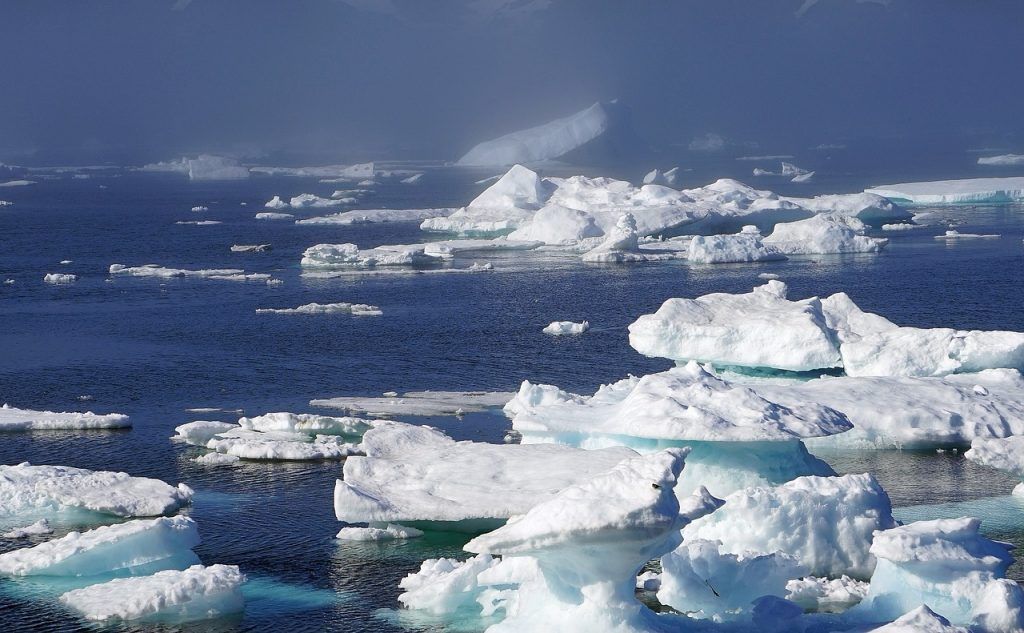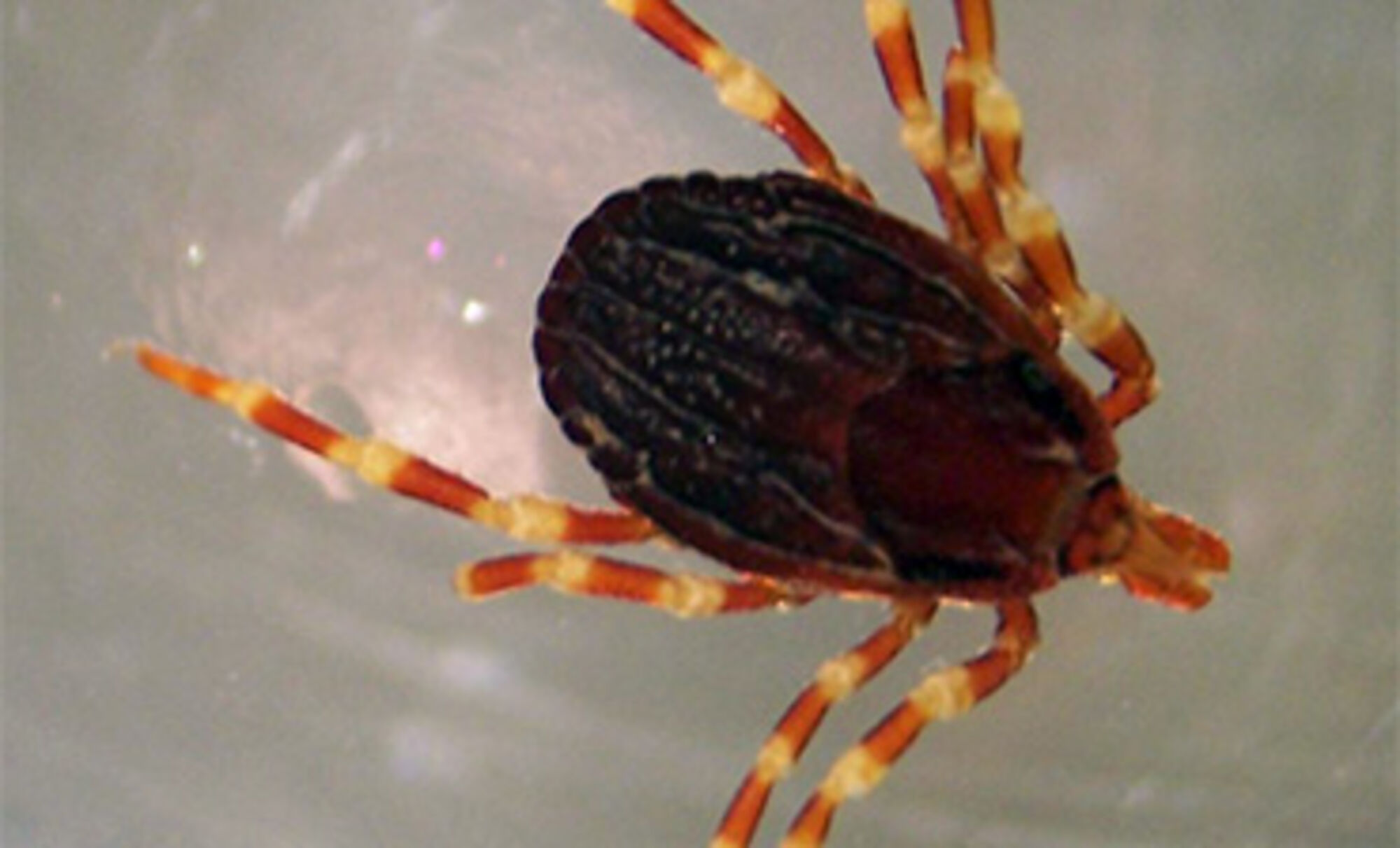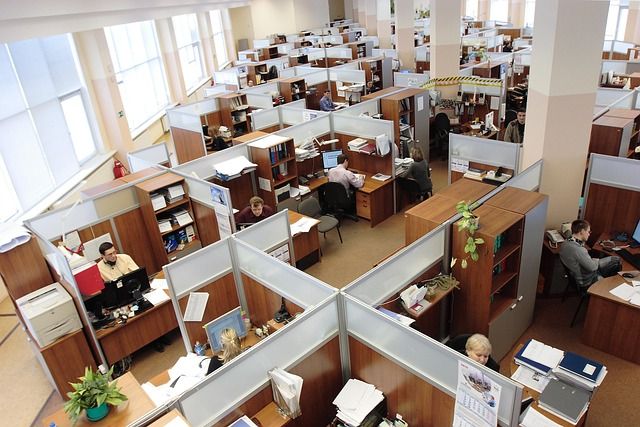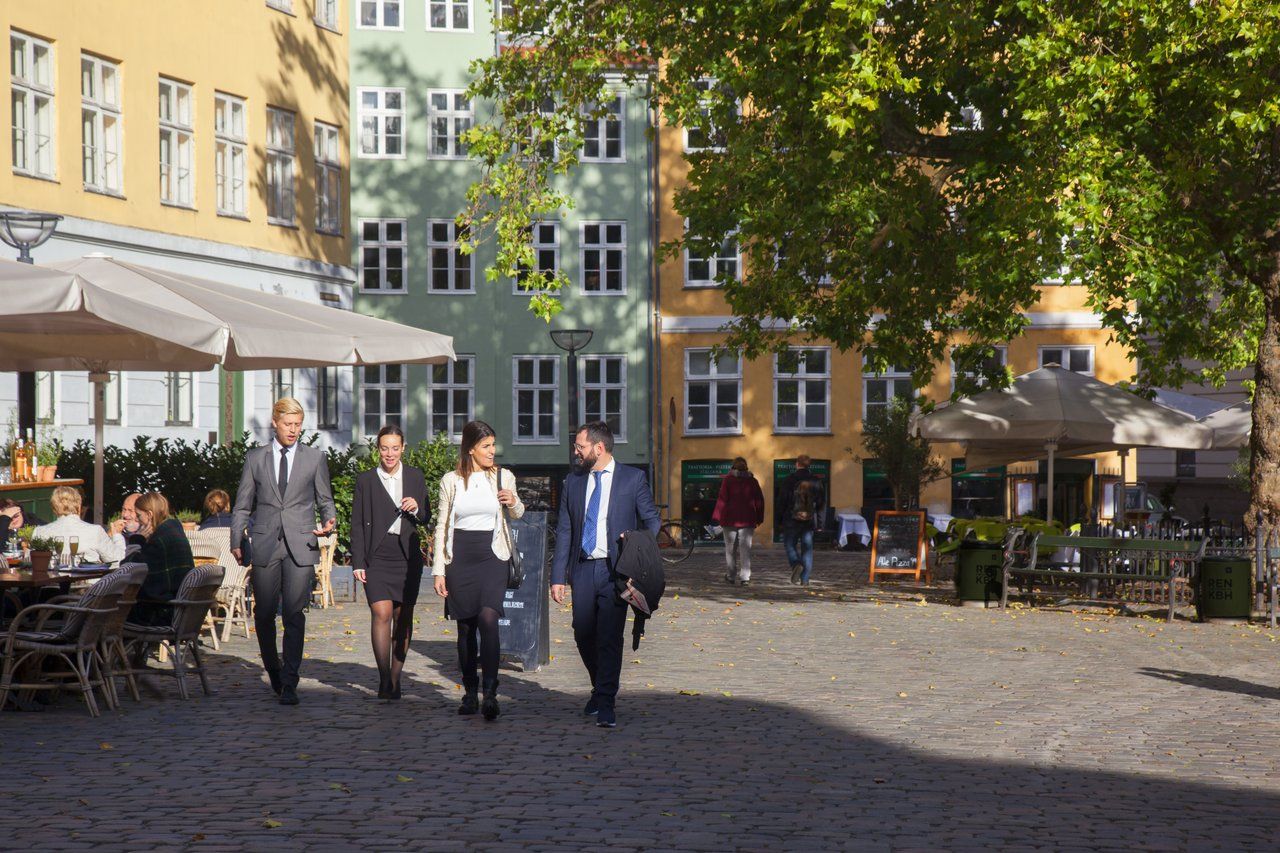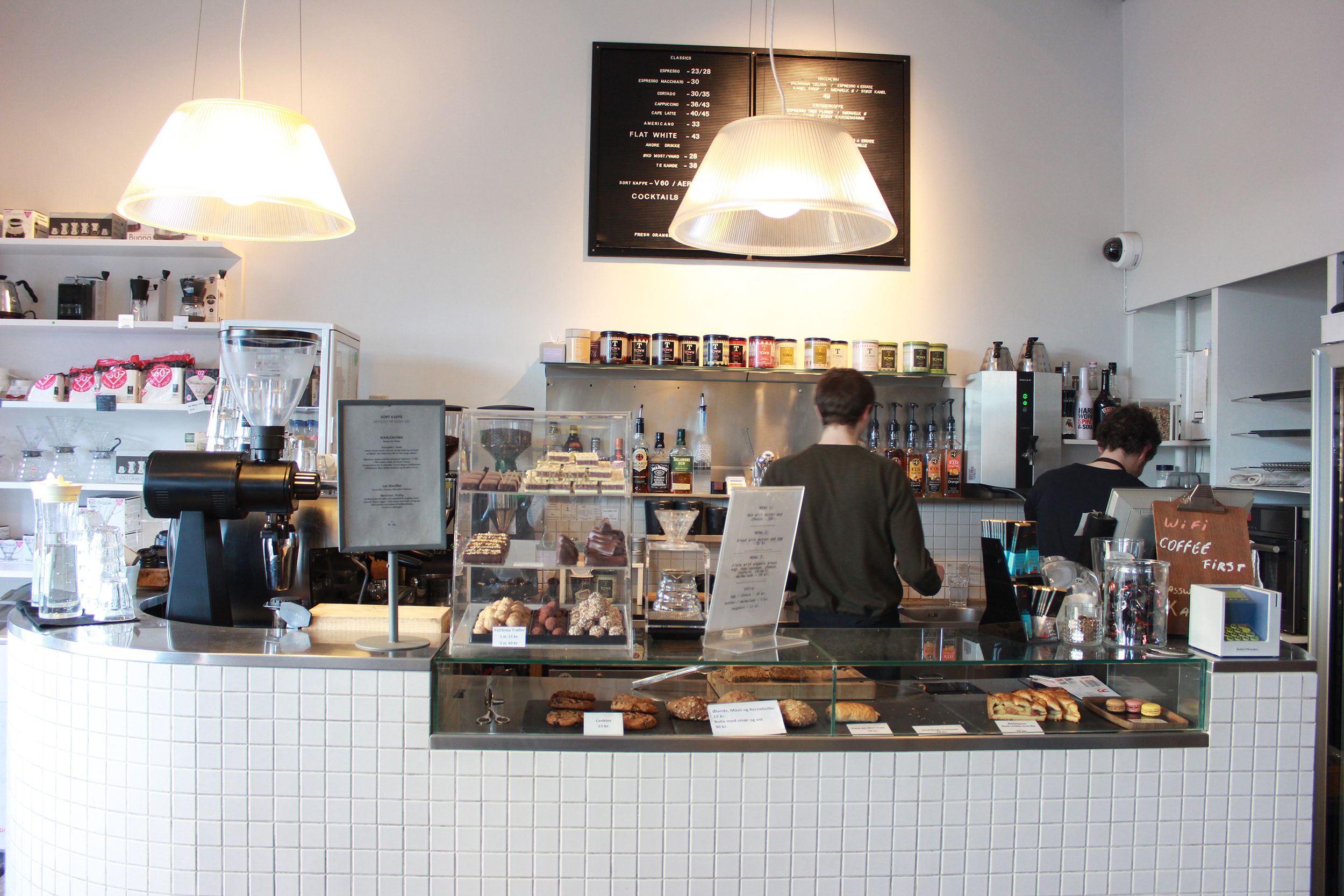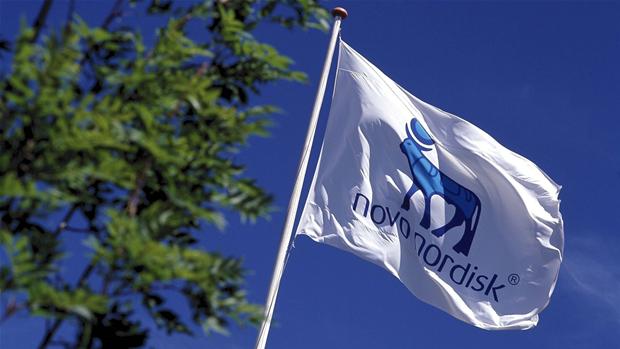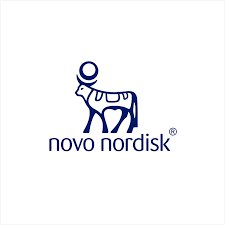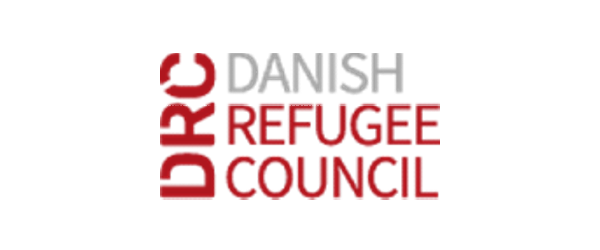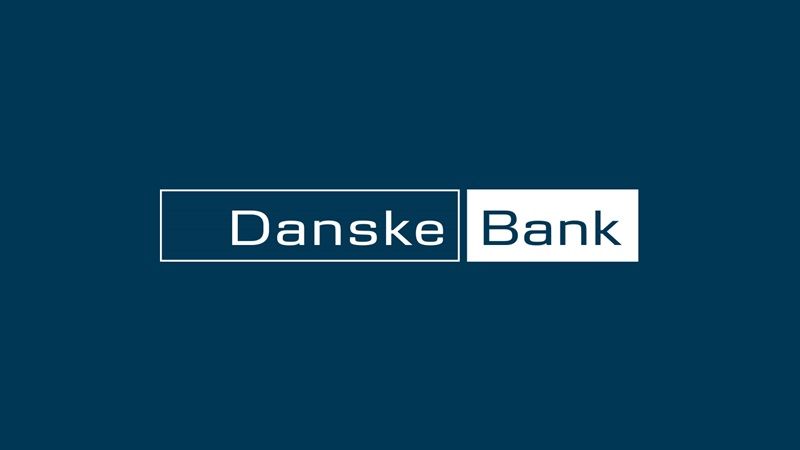Last Wednesday, the Farrell family started its 1,500 kilometre cycling journey from Copenhagen to Warrington, their hometown in northern England. This singular adventure, called “Bringing Home the Bacon”, was the brainchild of Nathaniel (“Tan”) Farrell, a Copenhagen resident since 2009.
Tan saw the ride as an opportunity to raise £10,000 for Epilepsy Action, a British charity raising awareness on the neurological disorder. But, noble as the goal was, it was an almost secondary motivation. What truly pushed him was the chance to pay a resounding tribute to his late sister, Felicity (“Fliss”) Farrell, who died in 2008 at the age of 15 following a nocturnal epileptic seizure. Her memory is ever-present in the family’s voyage
Tan, 30, involved his entire family in this project. His father, Kevin, 54, has been his biggest supporter, and has cycled significant distances so far, impressing his entire family.
Tan’s Danish girlfriend, Regitze, also joined in, both as part of the support crew and as an occasional cyclist. She impressed her male counterparts by acting as pace-setter and reaching speeds of 30kph.
But her role is not limited to biking. Regitze’s German ability – coupled with being able to speak English –has been of great help to her group. It even earned her the nickname “C3PO” – the translation droid of ‘Star Wars’ fame.
Also participating are Tan’s younger brothers, Sebastian, 28, the family’s PR chief and daily blogger, and Alex, 26. Along with Kevin’s girlfriend, Marion, they have been following their cycling relatives in a distinctive, British, white LDV van, nicknamed “Matilda” – in memory of Felicity Farrell’s favourite movie.
Since the start of their journey, the Farrells have seen three countries and no less than seven cities. They have encountered several difficulties and problems. Among them, the weather: from the scorching heat – nearing 35 C – on the first leg of their journey, to the torrential rains near Hamburg, or the exhausting winds on the road to Arnhem.
They have overcome mechanical problems – several punctures – and the difficulties of the unknown, foreign roadways: the numerous construction works in Germany, along with the family’s admitted lack of familiarity with the roads, made it difficult for them to progress on their way to the Netherlands. As a consequence, several episodes of communication breakdown – some of which included the cyclists getting lost or taking sometimes long detours – occurred.
Despite the anguish, the frustration and the difficulties of living closely together as a family for such a long period, the group held on. And, on Tuesday, they reached the city Arnhem, in the eastern Netherlands. After riding over 750 kilometres, the group enjoyed a well-deserved day off.
Speaking to the Copenhagen Post, Tan revealed he did not recall part of the ride. “There are long periods of which I don’t remember much. I just sit down in the bike and go on, trying no to think about the distance.”
Tan also admitted to being sometimes “overwhelmed” by the sheer distance he still has to go through to achieve his goal. But the man has a technique: “I try to break [the course] into parts, and I tell myself things like: ‘let’s finish these ten miles and see how I feel’; and then I go on.”
The tempting option of throwing in the towel is always present. Tan almost gave in once, near Lingen. “Everybody has the option of the van, but I don’t, I have to cycle all the way,” he explained. He hung on until Lingen, out of sheer willpower. Perhaps this might pull him all the way to Warrington.
Follow along with the Farrells at cphpost.dk, where we’re publishing daily updates about the family’s progress.



